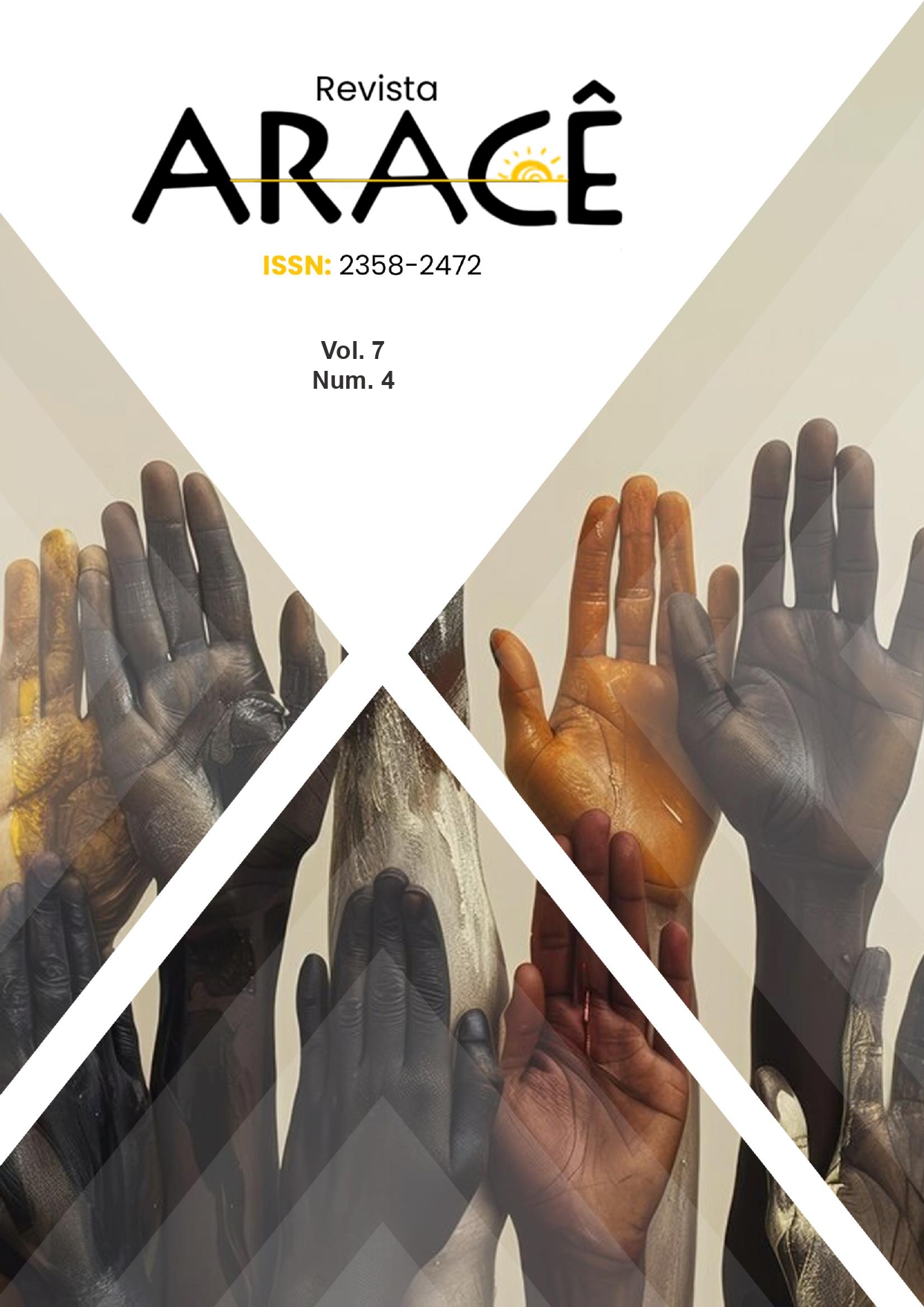CAFEICULTURA BRASILEIRA: DO AUGE AO DECLÍNIO, COM FOCO NO CENÁRIO PARANAENSE
DOI:
https://doi.org/10.56238/arev7n4-195Palavras-chave:
Coffea arabica, Coffea canephora, Geada negra (1975), Crise econômica de 1929, Economia agrícolaResumo
Este estudo tem como objetivo explorar a história da cafeicultura no Brasil e destacar os fatores ambientais, agronômicos e de mercado que contribuíram para o declínio da cafeicultura brasileira, com foco no estado do Paraná. A cafeicultura tem desempenhado um papel econômico e histórico significativo no Brasil. Foi introduzido no estado do Pará em meados do século 18 e posteriormente se espalhou por todo o território nacional. Um dos estados que mais se destacou na produção de café foi o Paraná, onde o café se tornou o principal produto do estado tanto para produção quanto para exportação do início do século 20 até o início da década de 1970. A cultura foi responsável pelo surgimento e desenvolvimento de várias cidades, especialmente no norte do Paraná, que atraíram imigrantes em busca de terras e melhores condições de vida. No entanto, esse ciclo não foi marcado apenas pela prosperidade. A cafeicultura sofreu grandes reveses ao longo dos anos, como a Grande Crise Econômica de 1929 e as fortes geadas que ocorreram após 1970, particularmente a devastadora Geada Negra de 1975. Esses eventos climáticos, combinados com o aumento da concorrência de outras culturas, como soja e milho, acabaram levando ao declínio do cultivo de café na região.





